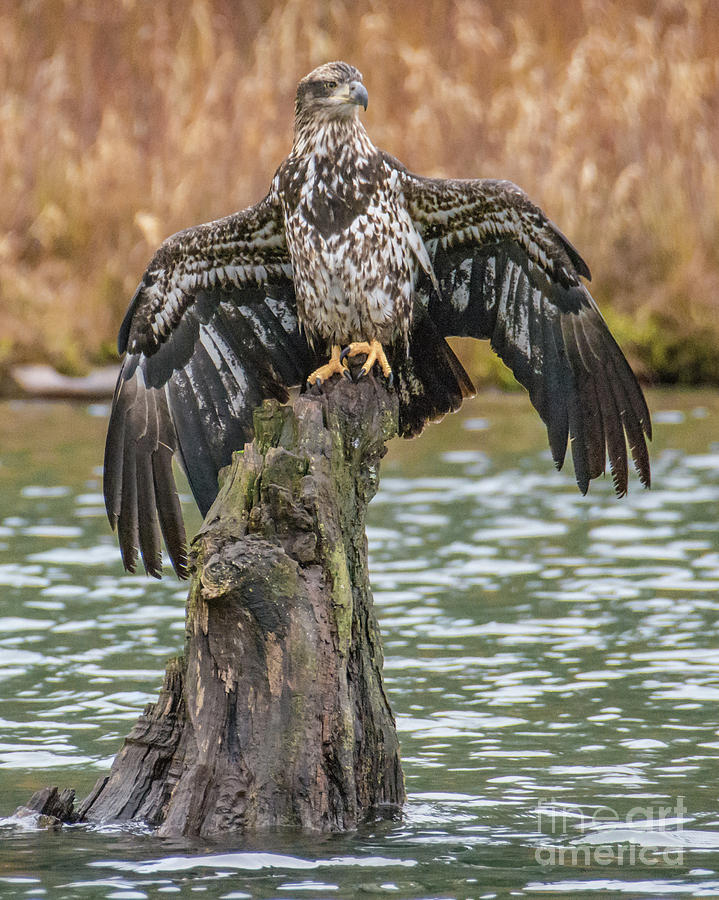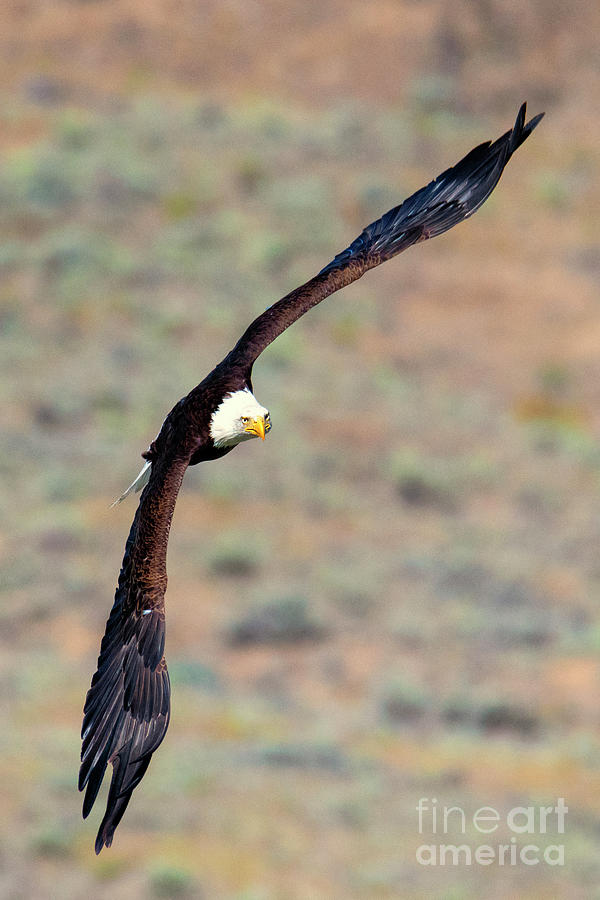

When the bald eagle was adopted as our national symbol in 1782 there were between 25,000 and 75,000 birds nesting in the lower 48 states.


Because of their large size, bald eagles need a substantial food base and it is important that the home range includes a body of water. It is interesting to note that even in an area of abundant nests, a substantial portion of the adult population may be non-breeders.īald eagles require three things for survival: an adequate supply of food, nesting sites close to food, and a reasonable degree of freedom from disturbance during nesting periods. The average eagle attains sexual maturity at 5 years. Although both parents care for the young for many weeks, a high percentage does not survive their first year. At 6 weeks, the young are old enough to fly, yet have a relatively long period of immaturity ahead of them. Young are initially closely cared for but later, are left increasingly alone as both parents hunt for food. The young remain in the nest for ten to 12 weeks. Bald eagles lay two, occasionally three, eggs that are incubated by the parents in turns for 34 to 36 days. Since these nests are used year after year, they may become very large, up to 13 feet (4 meters) tall and ten feet (3 meters) across. The nest is lined with twigs, grasses and other soft materials. Eagles construct their nests near water in tall trees or on cliffs using large sticks. Timing of reproductive activity differs by climate and latitude, but usually occurs between October and May. Mating occurs on branches or other secure perches and is preceded by tail pumping and wing flapping displays by the male. Suitable roosting sites are usually large trees within a kilometer of water and it appears that sites are selected for their height, diameter and protection from inclement weather and predators. Their territories vary greatly by geographic location and home ranges appear to overlap. The talon-grappling, cartwheeling fight they are known for is an aggressive territorial dispute, not a courtship behavior. The bald eagle's diet at the Smithsonian's National Zoo consists of rats, fish, chicken leg quarters and quail.īald eagles become territorial during breeding season.

When hunting for fishes, it does not usually dive into the water like the osprey but instead searches for fish near the surface. Eagles wait on a favorite perch for an osprey to return to its nest with a fish in its talons for its own young, and then harass the smaller raptor until it is forced to drop its prey for the eagle to retrieve. Bald eagles eat carrion willingly and are notorious for robbing osprey of their catches. They also eat sea birds and ducks or hunt over grasslands and marshes for small mammals such as rabbits, squirrels, prairie dogs and muskrats. They have powerful legs and feet that are equipped with large talons used for killing their prey.īald eagles are opportunistic foragers but prefer fish as their primary food and are found in great densities where fish are abundant. They possess sharp, pointed beaks designed for ripping and tearing prey into bite-sized pieces. Bald eagles are well adapted to their lifestyle.


 0 kommentar(er)
0 kommentar(er)
